The state of Odisha is drained by a number of rivers, which are the lifelines for every living being. They are drainage channels for surface water and also help boost the economy of the state. Important rivers of the state are Mahanadi, Brahmani, Baitarani, Subarnarekha, Budhabalanga, Rushikulya, Vamsadhara, Indravati, and so on. Apart from rivers, Odisha has many lakes, waterfalls, and springs.
The rivers of Odisha are primarily peninsular rivers. They are non-perennial as they are rainfed. The rivers of Odisha play an important role in the development of the state. These rivers are also an important source of irrigation and hydroelectricity in the state.
Rivers of Odisha
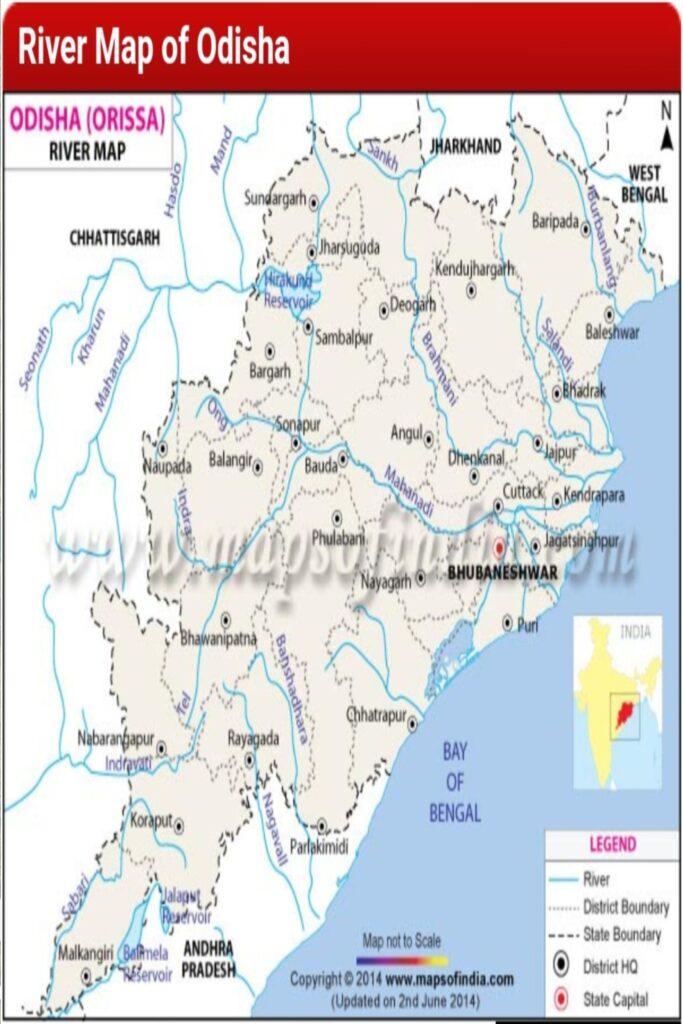
Odisha has many important rivers that flow into the Bay of Bengal. These rivers are divided into six groups on the basis of their sources or origins. They are as follows :
- Chota Nagpur Plateau The Subarnarekha and the Brahmani
- Amarkantak Plateau Mahanadi River Sourcing
- Mahanadi Delta The Soamoli, the Gobari, the Prachi, the Kadua, the Dhanua, the Ratnachira, and the Nuna River
- Keonjhar Plateau The Baitarani River
- Eastern Slopes of the Eastern Ghats The Budhabalanga, the Rushikulya, and the Salandi River
- Other Rivers from the Eastern Ghats The Bahuda, the Nagavali, the Vamsadhara, and the Godavari system
Rivers of the Chota Nagpur Plateau
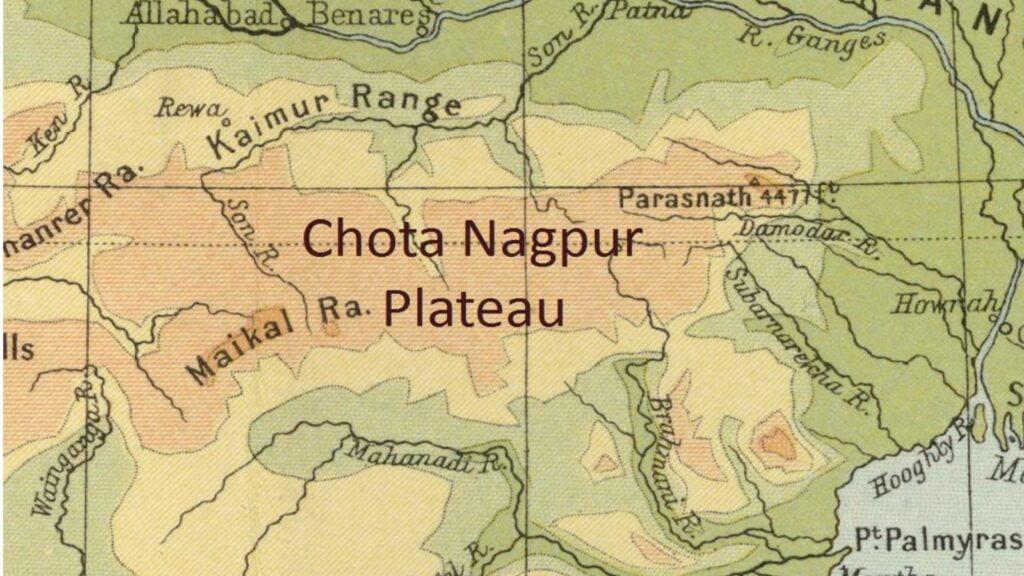
The rivers that originate from the Chota Nagpur Plateau are as follows:
Subarnarekha River
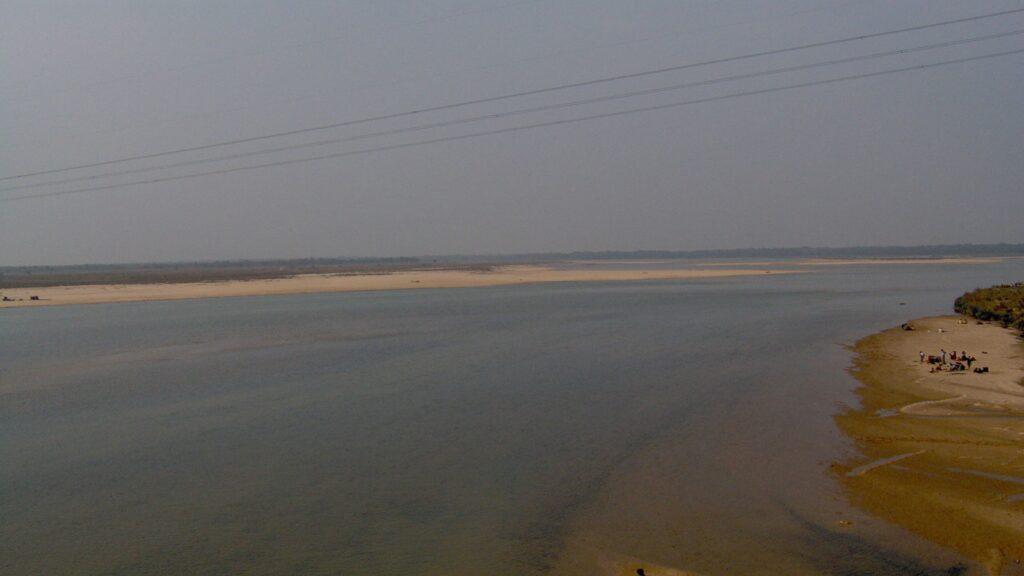
- It originates from the southern slopes of the Chota Nagpur plateau in Bihar.
- The total length of this river is 433 km, and in Odisha it is about 70 km long.
- The total catchment area of this river is 19,500 sq km, and in Odisha, it is 3,200 sq km.
- It is a multi-state river that flows from the states of Jharkhand, Odisha, and West Bengal.
- It forms the boundary between Odisha and West Bengal. It enters Odisha at Lakshmannath, which is located to the north-east of Jaleshwar, and finally drains into the Bay of Bengal.
- It flows from the districts of Mayurbhanj and Balasore in Odisha. Important right bank tributaries of this river are Kanchi, Karkari, Kharkai (the longest tributary), Raru, and Garru, and the left bank tributary is Dulang.
Brahmani River
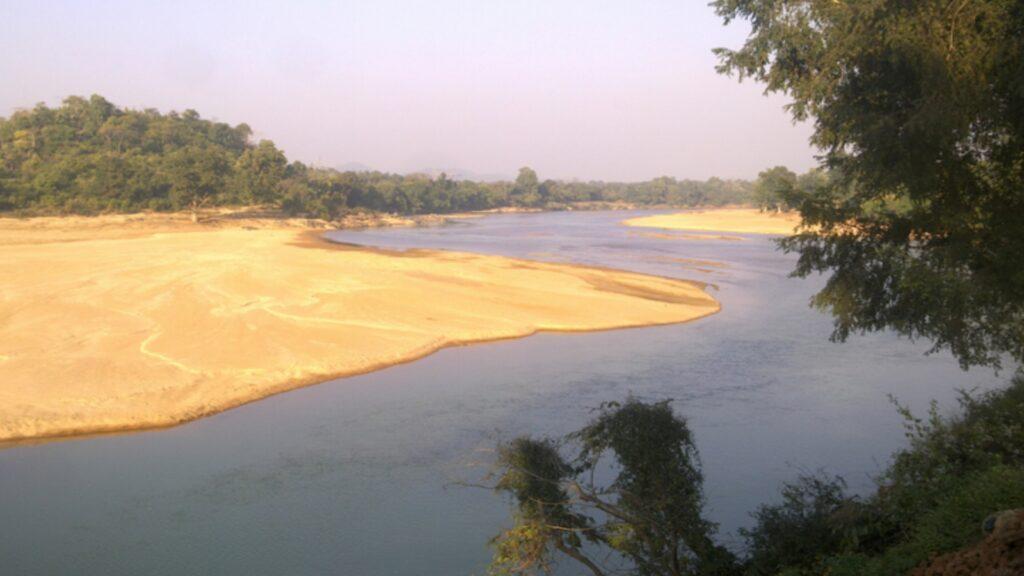
- It originates from the southern slope of the Chota Nagpur plateau in Bihar and enters Odisha from the Sundargarh district. Brahmani is an inter-state river that flows through Jharkhand and Odisha.
- The total length of this river is 799 km, and in Odisha, it is about 480 km long. The catchment area of this river is 39,055 sq km in Odisha.
- It is the second-largest river in Odisha. Two smaller rivers, rivers Sankh (right bank) and Koel (left bank), join at Vedvyasa near Rourkela in Sundargarh district to form the Brahmani river.
- The river Brahmani forms a minor gorge at Rengali. From Rourkela to Talcher, it has a north-south course, and at Rengali, south of Barkot, its water is used for irrigation and hydroelectric power. It flows from the districts of Sundargarh, Angul, Dhenkanal, Deogarh, Jajapur, Kendrapara, and Cuttack.
- Brahmani’s right bank tributary, i.e., Sankh, meets Mahanadi’s left bank tributary, i.e., Birupa.
- The Brahmani and Mahanadi have a common outlet for their flood water through Maipura. They have formed the Wheeler Islands.
- Before discharging into the Bay of Bengal near Dhamra, the river receives flood spills from the adjacent Baitarani river. Other important left bank tributaries of this river are Ramial, Samakoi, Mankada, and Kurali, and right bank tributaries are Gohira, Lingarajara, Tikra, Singda, and Nandia.
River of the Amarkantak Plateau
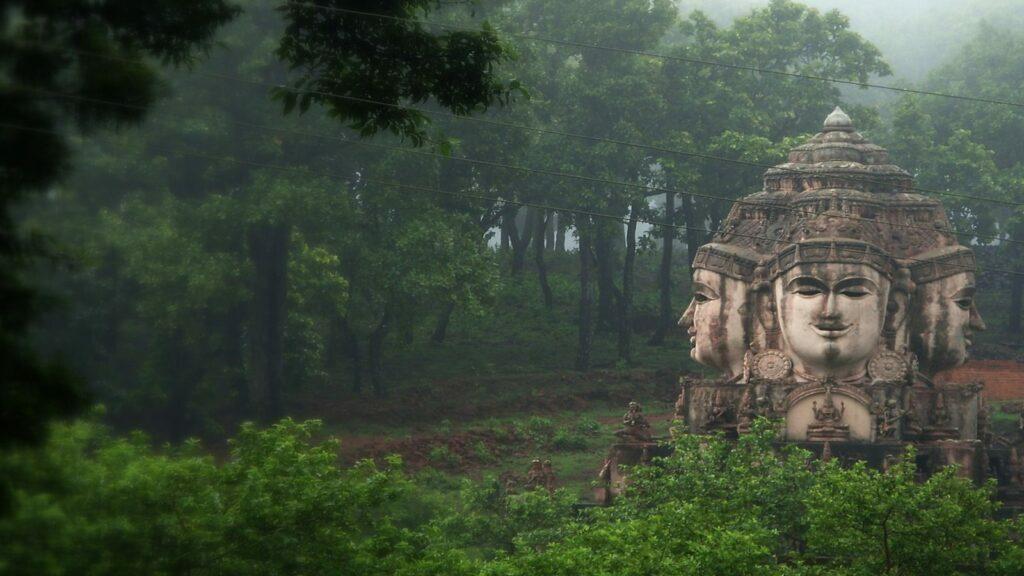
Mahanadi River
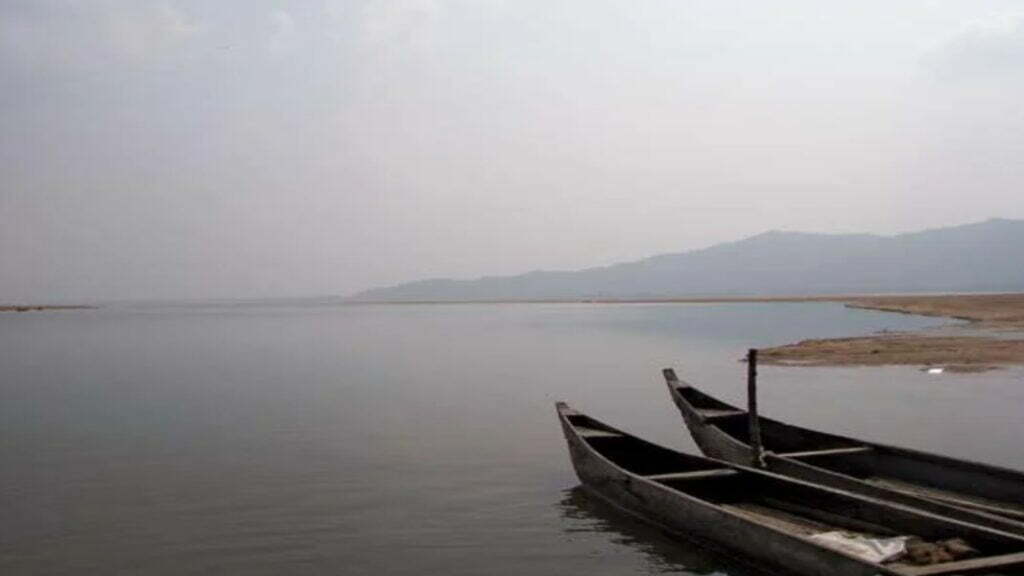
- It originates from the Amarkantak hills of the Bastar plateau in the Raipur district of Chhattisgarh.
- The total length of this river is 858 km, and in Odisha it is about 494 km long.
- This river is also known as the Sorrow of Odisha due to its frequent flooding. The catchment area of this river in Odisha is 65,580 sq km.
- It is the largest river in Odisha and the sixth largest river in India. It flows through Chhattisgarh and enters Odisha near Padigan. Hirakud is the longest dam in the world and is built over the Mahanadi River.
- The course of the Mahanadi river from Sambalpur up to Sonepur is almost north-south, and here a number of right bank tributaries meet the main river. The most important among them are the Jira and Jhaun rivers, which drain the Baragarh plain.
- At Sonepur, the Tel River meets the Mahanadi on its right bank, which is the largest tributary of this river. The Mahanadi river flows from the districts of Sambalpur, Sonepur, Cuttack, and cities like Bhubaneshwar, Subalaya, Kantilo, Boudh, and Banki in Odisha. Before entering Cuttack, it forms a distribution called Kathajodi.
- From Boudh to Banki cities, the Mahanadi crosses right through the Eastern Ghats and forms a gorge at Satkosia.
- The Mahanadi river comes from the plain region of Naraj in Cuttack district, where it meets the old shoreline of the Bay of Bengal and forms a delta.
- From Jagatsingpur, it empties into the Bay of Bengal. Important right bank tributaries of Mahanadi are Silari, Sondur, Jonk, Sukha, Kharkhara, and Brutanga, and important left bank tributaries are Chhinar, Seonath, Hasdeo, Son, Mand, Kelo, Surli, and Bhidan.
- All these rivers, including Mahanadi, fall into the Bay of Bengal except the Daya and Bhargavi rivers, which fall into Chilika Lake.
Rivers of the Mahanadi Delta
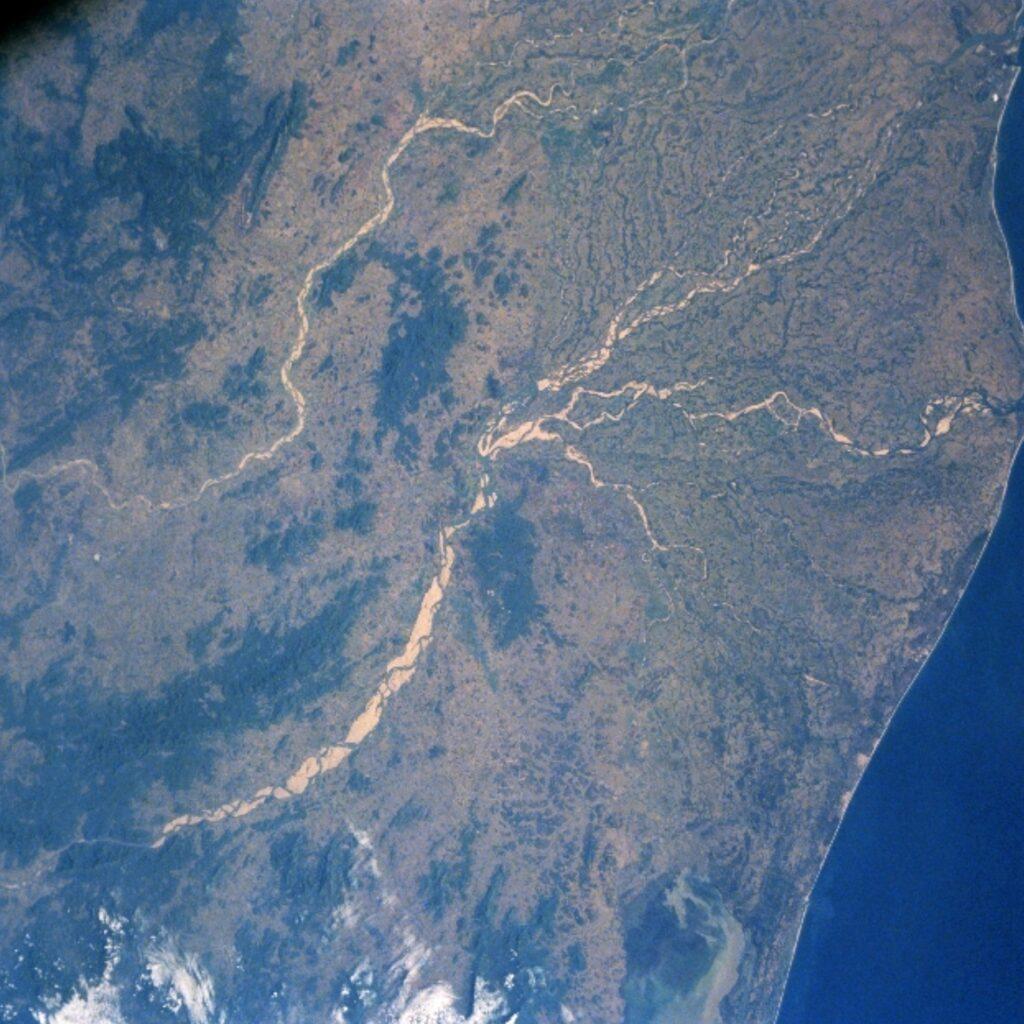
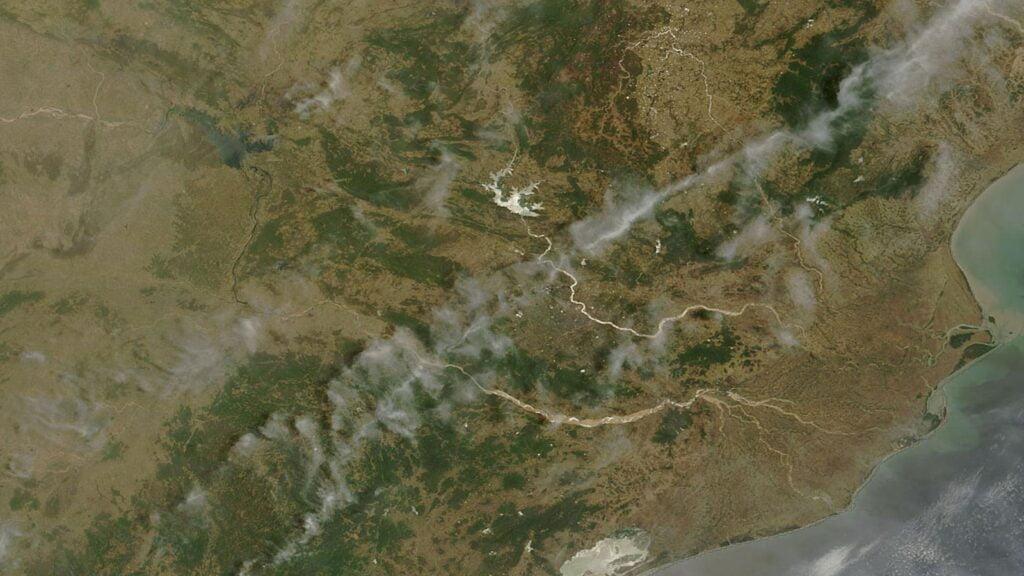
There are many rivers that originate from the Mahanadi delta. These are the distributaries of the Mahanadi River. These are as follows:
- Soamoli River It originates from Hirapur village and flows into the Bay of Bengal.
- Gobari River It starts with Devidola. It is also known as the Gobardhana River.
- Prachi River It starts with Kuakhai. Now, it flows from Phulnakhara and drains the area between Kandal and Kushabhadra.
- Kadua River It drains interflora between Prachi and Kushabhadra.
- Dhanua River It is a small river that originates in Balipatna.
- Ratnachira River It originates near Mukundapur village and drains into the Bhargavi River.
- Nuna River It starts near the Ghoradia Hills and drains into the Daya River near Sahupara.
River of Keonjhar Plateau
The Baitarani River
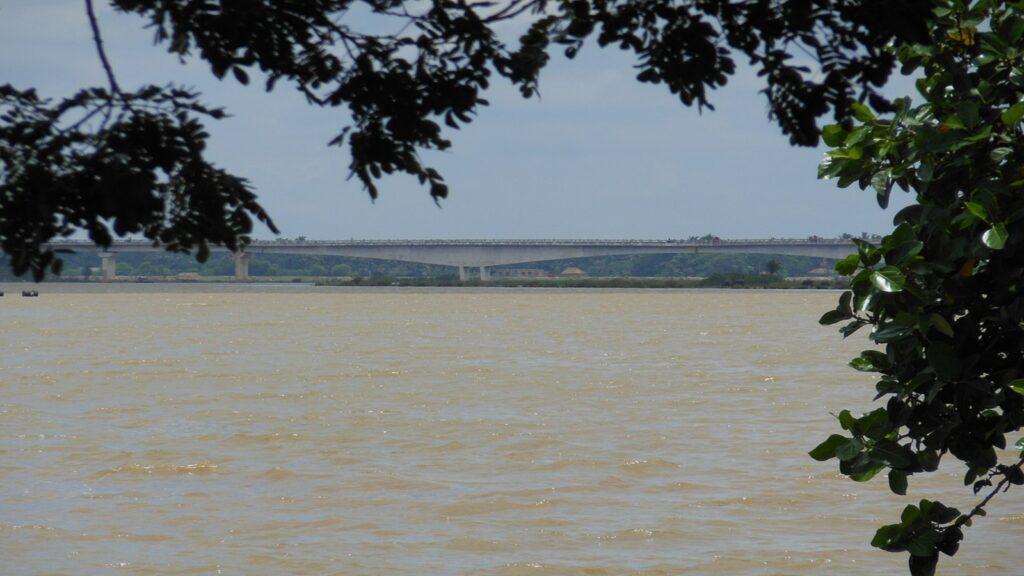
- It originates from the Gonasika or Guptaganga hills in the Mayurbhanj district of Odisha. It is an eastward-flowing river in Peninsular India.
- Initially, this river acts as the boundary between Odisha and Jharkhand.
- Its total length is 365 km. The total catchment area of this river is 12,190 sq km.
- This river flows in a northerly direction, then suddenly changes its path by 90 degrees and flows eastward.
- It flows from the districts of Keonjhar, Mayurbhanj, Sundargarh, Bhadrak, Jajpur, and Kendrapara in Odisha.
- Important tributaries of this river are the Salandi and Matai rivers. Other tributaries are Kangira, Ardei, Khairi Bhandan, Deo, Kanjhari, Sita, Musal, and Kusei.
- It enters the Bay of Bengal after joining Brahmani at Dhamra in Bhadrak district.
Rivers of the Eastern Slopes of the Eastern Ghats
The Budhabalanga River
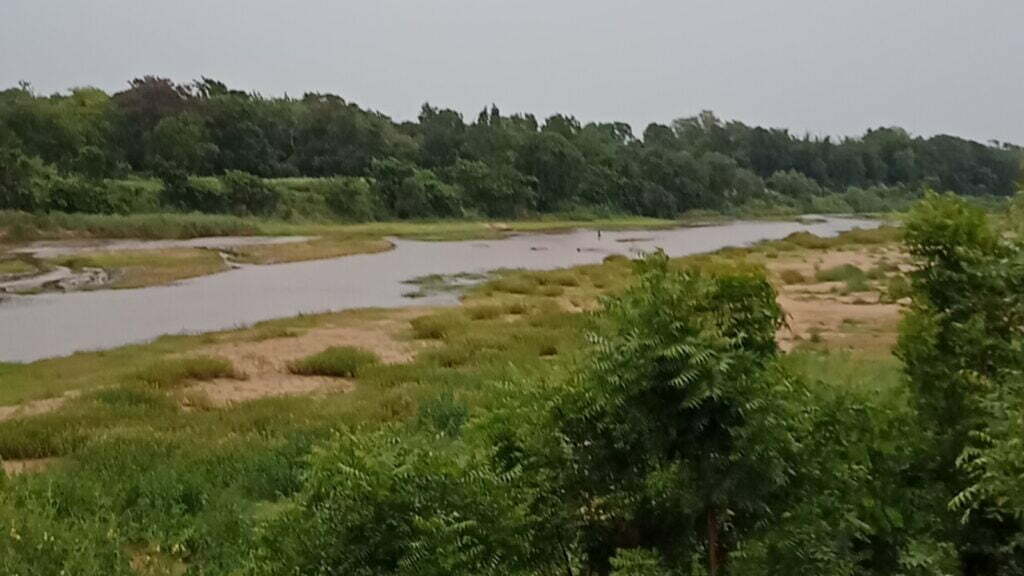
- It originates from the Simlipal massif (a compact group of mountains) to the south of the Simlipal Garh in the Mayurbhanj district of Odisha. The total length of this river is 175 km.
- The total catchment area of this river is 4,840 sq km. There are palaeolithic and neolithic sites situated in the valley of the river.
- It flows from two districts of Odisha, i.e., Mayurbhanj and Balasore. Important tributaries of this river are Sanjo, Deo Kalo, Sone, Palpala, Katra, and Gangadhar.
- It drains into the Bay of Bengal off the Balasore coast, which lies slightly to the north of Chandipur.
The Rushikulya River
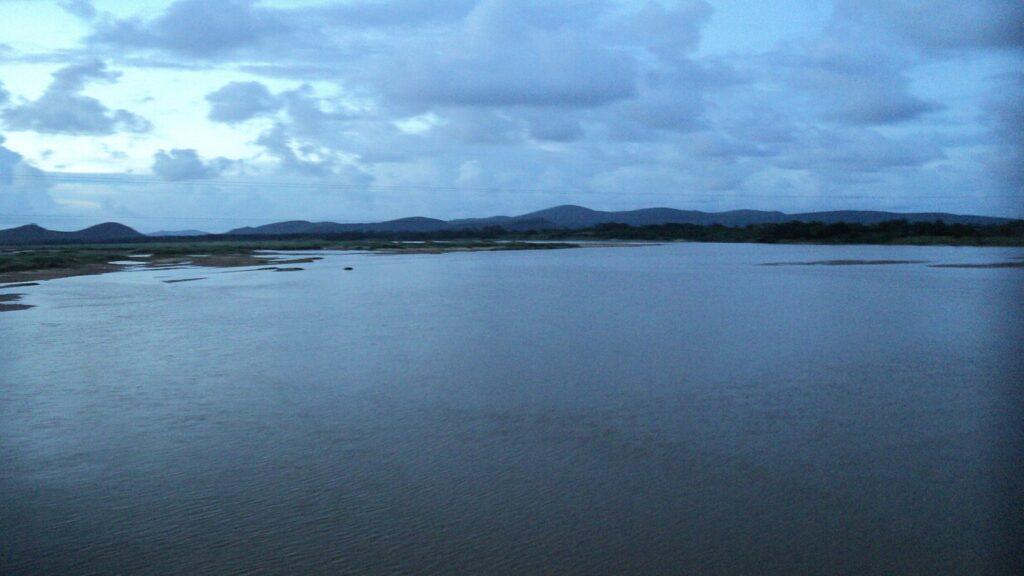
- It originates from the Rushimal mountain in the Kandhamal district of Odisha.
- Its total length is 165 km, and its total catchment area is about 8,963 sq km. its
- It flows from the cities of Berhampur, Chhatrapur, Asika, Bhanjanagar, and Sarada in Odisha.
- This river flows in a south-east direction through Ganjam district and covers all the above-mentioned cities in Odisha. Finally, it flows through Chhatrpur Block and drains into the Bay of Bengal.
- It is also known as the lifeline of the Ganjam district. This river has no delta at its mouth. This river basin is almost pear-shaped with a well-developed dendritic (branched) tributary system.
- Important right bank tributaries of this river are Padma and Ghodahada, and important left bank tributaries are Baghua and Dhanei.
The Salandi River
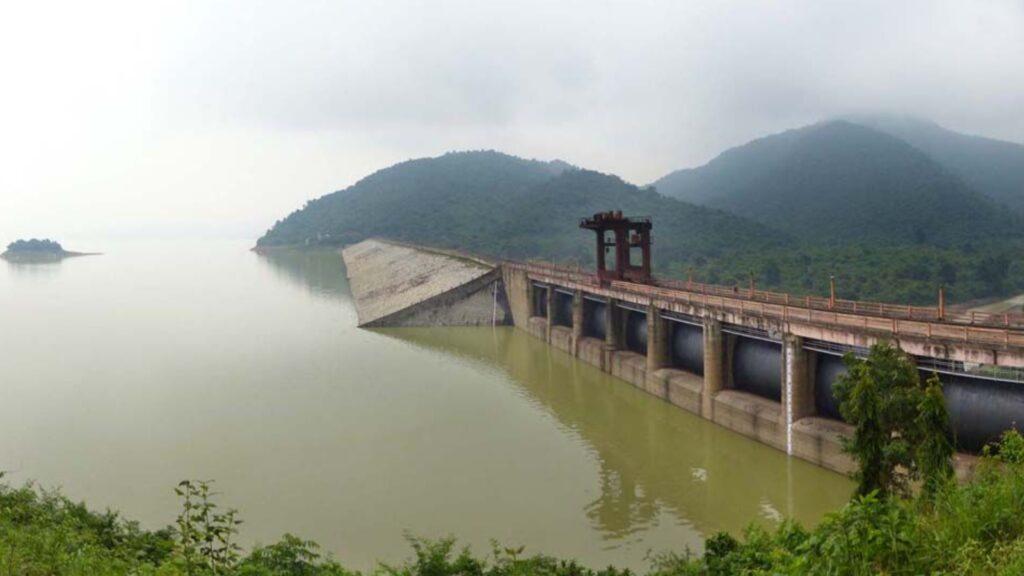
- It originates from the southern slopes of the Simlipal massif at the Meghasani mountain, which lies in the Keonjhar district of Odisha.
- Its total length is about 144 km. Its total catchment area is about 1,790 sq km. The river flows in the Bhadrak district.
- It is a tributary of the Baitarani River; thus, it does not directly drain into the Bay of Bengal but discharges its water into the Baitarani River a few kilometers upstream. Salandi Dam is built on this river in Chandbali under the name Salandi Project. Its water is used for irrigation purposes.
Rivers of the Eastern Ghats
The Bahuda River
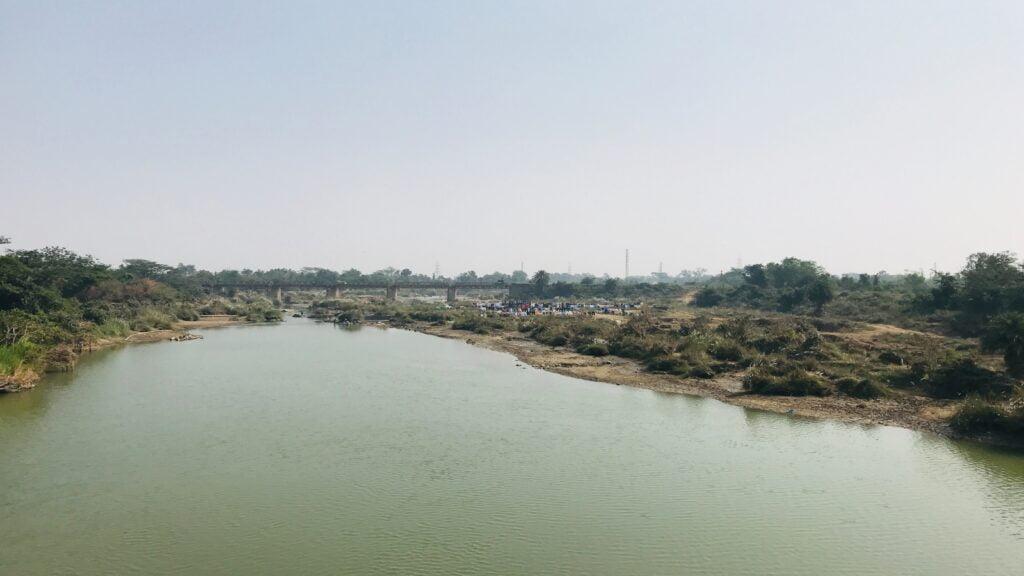
- It originates from the Singharaj hills of the Eastern Ghats in the Gajapati district of Odisha. Its total length is 96 km.
- The river flows in the north-east direction up to 55 km, then in the south-east direction for 17 km in Odisha. Then it enters Andhra Pradesh and flows for 18 km. Halb
- Again, it turns in a north-east direction for 6 km in Odisha state and finally meets the Bay of Bengal near Sunapurapeta village in Odisha.
- Important tributaries of this river are Poichandia, Bogiriadi, Batrada Nalla, and Kantajura Nalla.
The Nagavali River
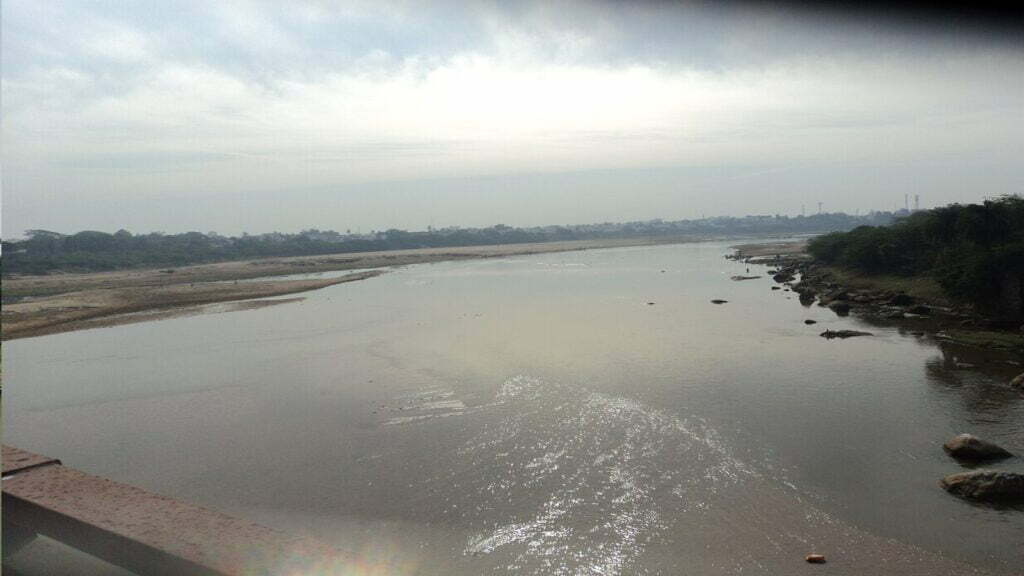
- It originates from the eastern slopes of the Eastern Ghats near Lakhbahal, located in the Kalahandi district of Odisha. Its other name is the Langulya River.
- Its total length is 256 km, of which 161 km lie in Odisha and the remaining in Andhra Pradesh. The total catchment area of the river in Odisha is about 4,500 sq km.
- The river passes through Vizianagaram and Srikakulam and finally drains into the Bay of Bengal, close to Mofaz Bandar.• Its important right bank and its left bank tributaries are Pitadar, Satnala, Barha, Srikona Nadi, Vegavati, Baldiya Nadi, Jhanjavathi, Sitagurha, Gumudugedda, and Vonigedda.
The Vamsadhara River
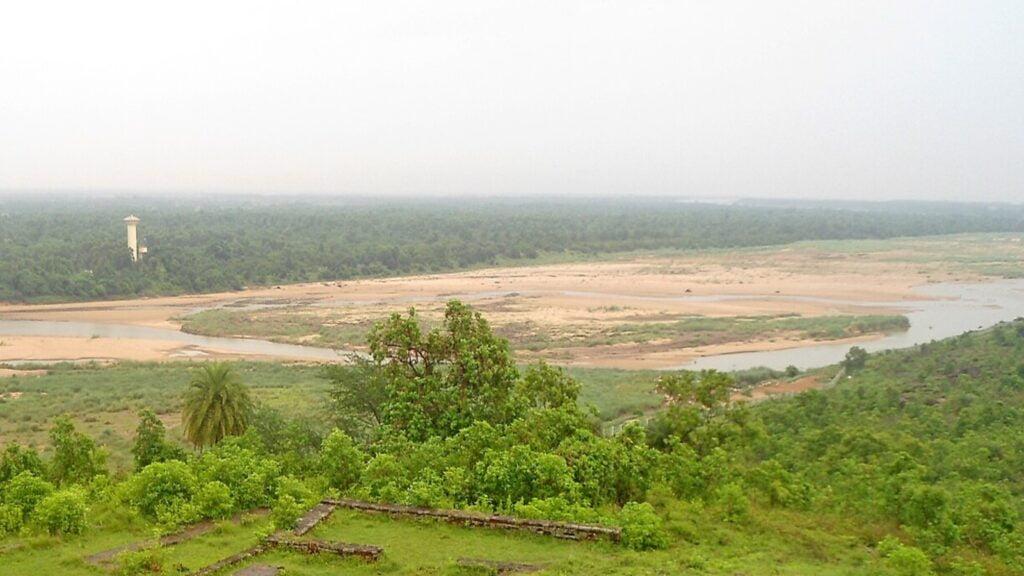
- It originates from the Niyamagiri hill in the Kalahandi district of Odisha. Its total length is about 230 km, of which 150 km lie in Odisha.
- Tall The total catchment area of the river in Odisha is about 8,960 sq km. It is a major east-flowing river between the Mahanadi and Godavari rivers in southern Odisha and north-eastern Andhra Pradesh. After flowing for a distance of 150 km, it enters Andhra Pradesh.
- It flows from the cities of Paralakhe-Mundi, Gunupur, Kashinagar, and Bissam Cuttack in Odisha.
- The river finally drains into the Bay of Bengal at Kalingapatnam in Andhra Pradesh.
- Important right bank tributaries of this river are Poladi, Bhangi, and in Pedagoda and left bank tributaries 62 are Badanalla, Chauladhua, Pandaka Nalla, Badajhar, Harbhangi, Sananadi, and Mahendratanaya.
The Godavari System
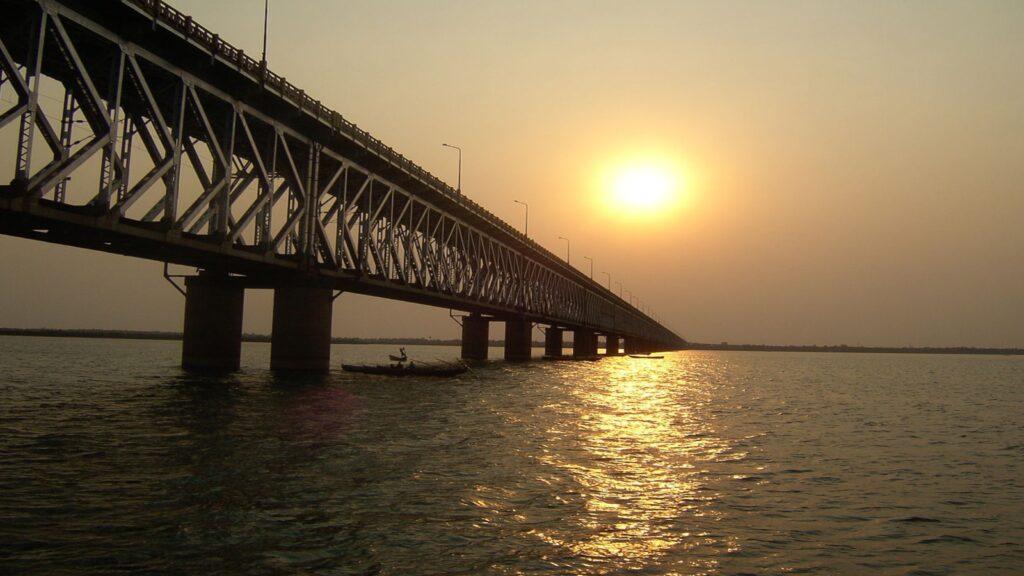
- This system includes the tributaries of the Godavari River.
- These tributaries are the Indravati, Kolab, Machkund, and Sileru rivers.
The Indravati River
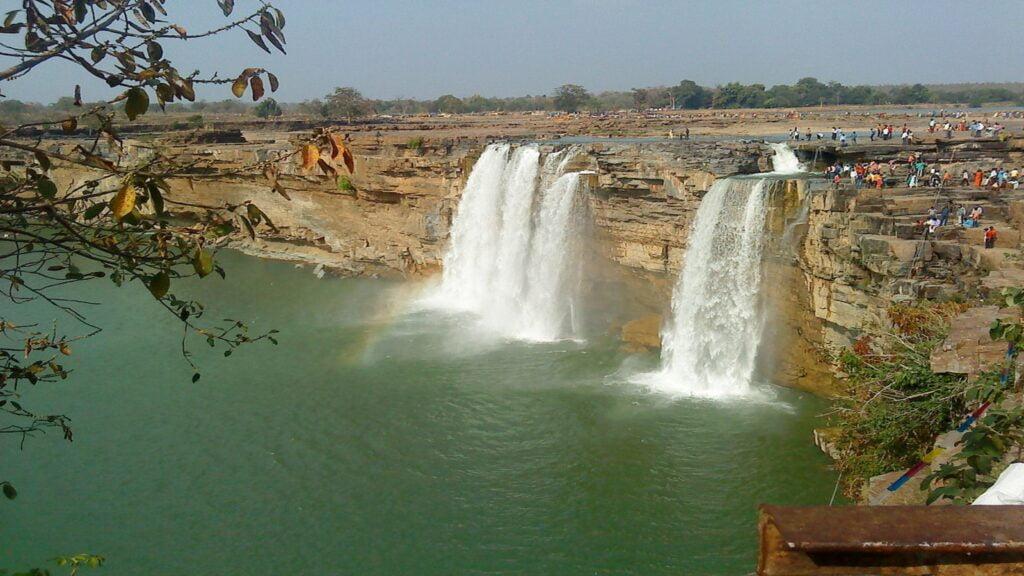
- It originates from a small river in the Dandakaranya range of the Eastern Ghats in the Kalahandi district of Odisha. Its total length is about 530 km, and in Odisha, it flows for 167 km.
- The total catchment area of the river in Odisha is 7,400 sq km. The river flows in a south-east direction, then flows westward through the Kalahandi, Nabarangpur, and Koraput districts.
- It forms the boundary between Odisha and Chhattisgarh and enters the Bastar district of Chhattisgarh.
- Important left bank tributaries of this river are Keshadhara Nalla, Kandabindha Nalla, Chandragiri Nalla, Golagar Nalla, Poragarh Nalla, Kapur Nalla, Muran River, Bangiri Nalla, and Telengi Nalla, and right bank tributaries are Narangi Gudar, Nimbra, Kotri, Bhaskel, and Bandia.
The Kolab River
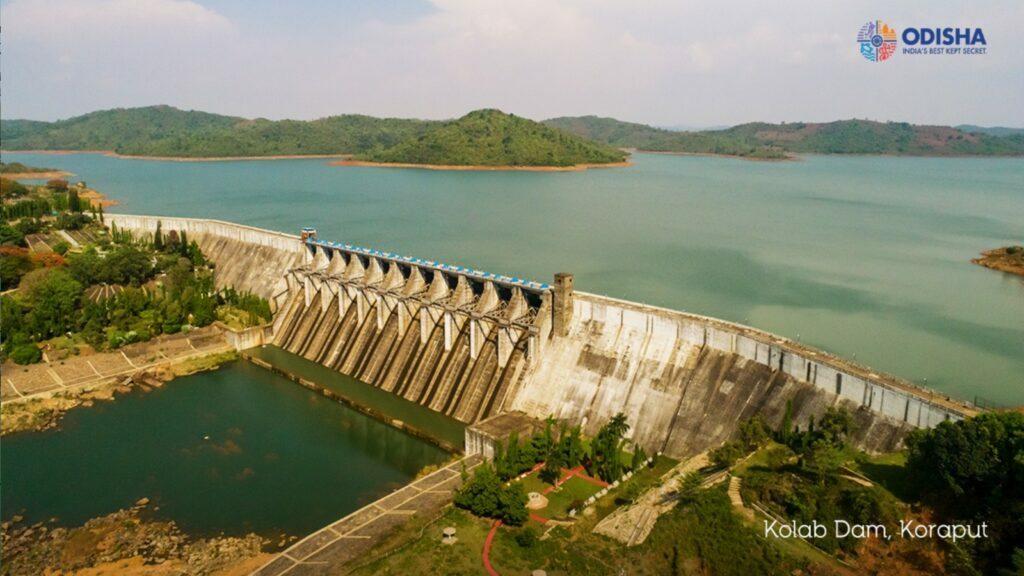
- It originates from the Sinkaran hills of the Eastern Ghats in Koraput district. It is about 270 km long in Odisha. The total catchment area of the river in Odisha is about 10,300 sq km.
- Kolab Dam is home to the upper Kolab Hydroelectric Project. The river meets with the Godavari River in Andhra Pradesh. Important tributaries of this river are Karandi Nalla, Guradi Nalla, Kangar Nalla, Garia, Dharmageda Nallah, Jamnadi, Jalengar, Mulervagu Nalla, and Potteru Vagu Nalla.
Machkund or Sileru Rivers
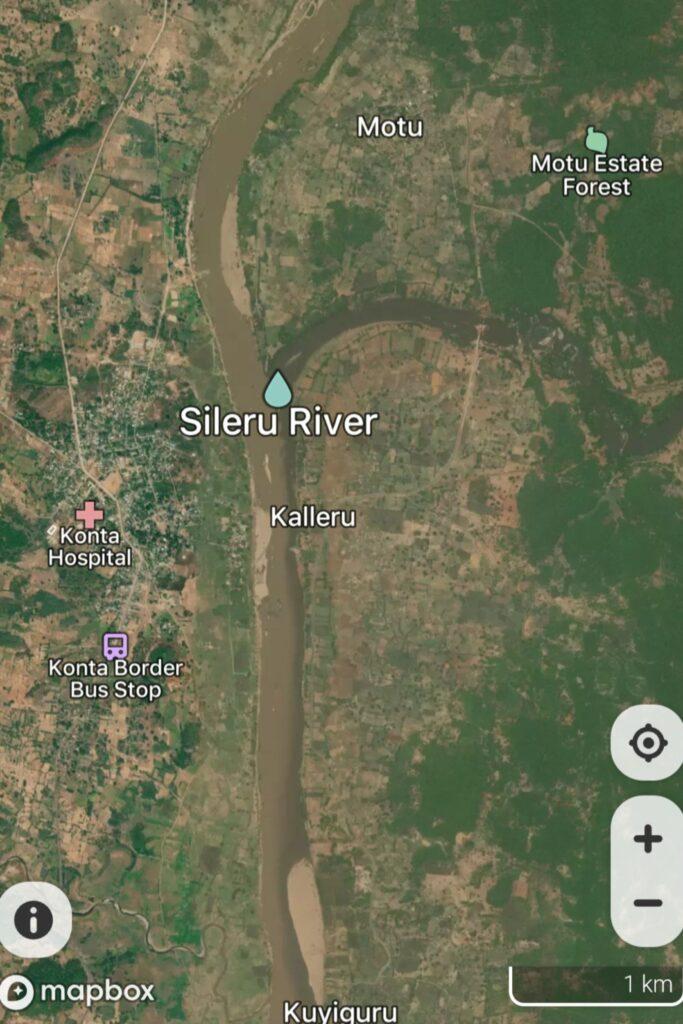
- The Sileru River rises as the Machkund River in the Eastern Ghats in north-eastern Andhra Pradesh.
- Then it flows northwards into Jalaput reservoir on the border with Odisha state. The Machkund River is known as the Sileru River from this reservoir. From this reservoir, it makes a sharp bend to the south-west and flows through the south-western parts of Odisha.
- The Sileru River finally meets the Sabari River at Motu, the extreme south-west point of Odisha. Hydroelectric dams on the Machkund river at Jalaput reservoir and on the upper and lower courses of the Sileru river are a significant source of power for the region.
- The Balimela reservoir has been created to generate hydroelectric power over Sileru.
| Tidal Rivers The tidal section of rivers is found in the lower reaches of the coastal plains of Odisha. These rivers have different shapes, depths of channel, and extensions of sand bars. The tidal channels vary from 5 km to 90 km in length. Mahanadi is tidal from about 35 km, whereas the tributary of Mahanadi, Devi, is tidal from 45 km. |
Read also:
Ravichandran Aswini Height, Age, Girlfriend, Family, Biography & More